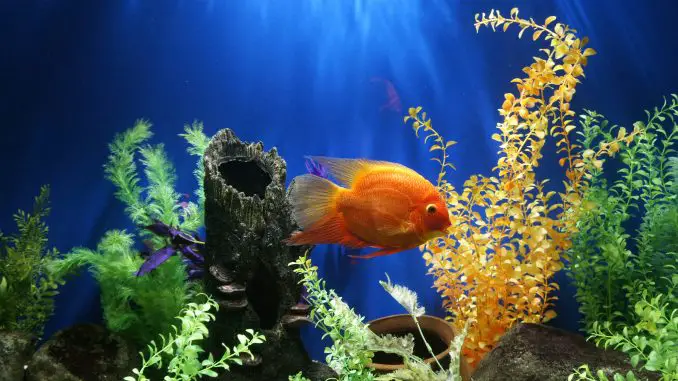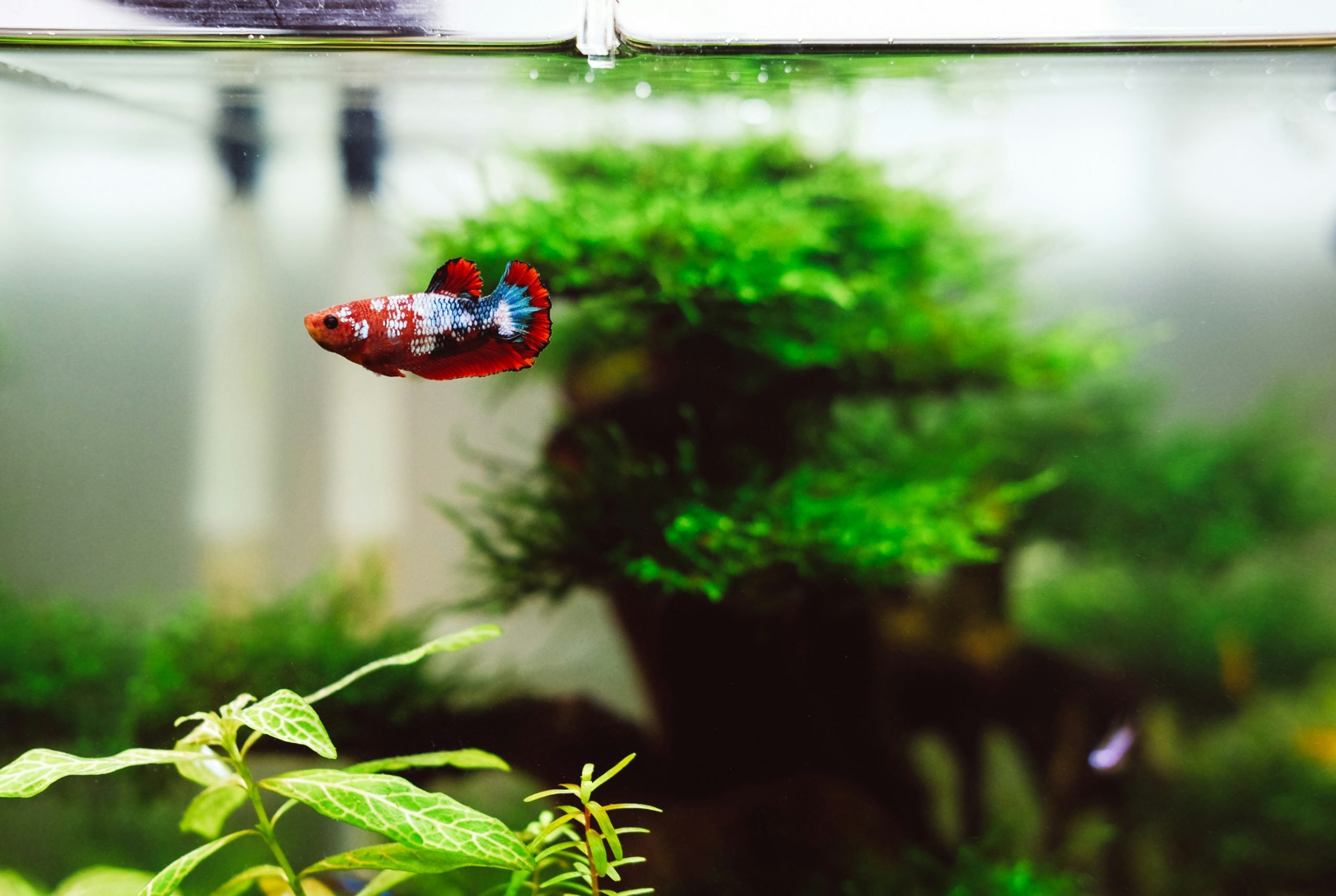
Studying the environment is like opening a beautiful book about our world. Environmental Science helps us gain an understanding of how everything in nature connects – from the air we breathe to the soil beneath our feet. Now imagine bringing some of this natural world directly into our classrooms or homes through fishkeeping! Not just as an ornament, fishkeeping allows students to learn more about environmental topics through hands-on experience, making learning even more engaging!
Beginning this journey may perplex us as to how watching fish swim around can teach us about environmental science. But it’s actually quite straightforward: A fish tank serves as a miniature ecosystem, and by maintaining it, we learn about water chemistry, biology and the delicate balance necessary for healthy ecosystems.
Although creating and managing an aquarium might seem time-consuming, it can be an invaluable way to demonstrate environmental science at work. Students juggling multiple assignments may consider to pay for paper completion to help manage their workload more effectively while still dedicating some of their learning time towards fishkeeping.
Diving Deeper into Fishkeeping and Environmental Science
Fishkeeping offers us an engaging opportunity to gain an introduction to environmental science. When creating an aquarium tank, for example, we must consider the nitrogen cycle. It’s an integral component of ecosystem functioning that releases ammonia into the tank when fish waste breaks down or leftover food is eaten by bacteria in the aquarium and converted to nitrates for plant growth.
This mini-cycle mirrors larger nutrient cycles found throughout nature while offering us a clear lesson in ecological balance.
Fishkeeping also introduces students to the concept of biodiversity; different fish and plant species within an aquarium create a balanced ecosystem, emphasizing its value in nature.
Furthermore, it facilitates discussions regarding human activities’ effect on aquatic life – overfishing and pollution have devastating impacts on fish populations and coral reefs around the globe.

Focused on Sustainability and Conservation
Integrating fishkeeping with environmental science studies involves teaching students about sustainability and conservation. Fishkeeping provides a great opportunity to discuss where our aquatic inhabitants come from.
Many are caught from natural populations or habitats, whereas responsible fishkeeping encourages selecting species bred in captivity that do not put unnecessary strain on wild ecosystems.==
Fishkeeping provides an opportunity to teach students about sustainable practices and conservation efforts, with students understanding that even simple choices like selecting fish for an aquarium have a direct impact on our planet’s ecology. Such awareness can foster future generations that make more eco-conscious decisions.
Technology’s Importance in Modern Fishkeeping
Fishkeeping has never been simpler or more engaging for education purposes, thanks to modern advances.
Smart aquariums equipped with automatic feeders, LED lighting that replicates natural cycles, and sophisticated filtration systems provide students with hands-on experience in managing technological interventions in natural systems. All this while opening conversations about energy use, efficiency, and the environmental footprint associated with maintaining artificial ecosystems, paralleling larger environmental management strategies.
Understanding Water Chemistry Through Fishkeeping
Water chemistry is an integral component of both fishkeeping and environmental science. By monitoring pH levels, ammonia levels, nitrite concentrations and nitrate concentrations in an aquarium, students gain practical lessons in water quality management that directly apply to larger environmental issues like pollution, acid rain and aquatic habitat health.
Ecosystem Dynamics and Interdependence
Maintaining a healthy aquarium takes more than just feeding fish and cleaning the tank. It requires understanding the interdependence among species, their roles in an ecosystem, and the larger concept of ecological balance within their habitats.
Learning lessons on predator-prey relationships, plant oxygen production/carbon dioxide absorption benefits, and potential invasive species can all come from watching an aquarium that is properly maintained.
Fostering Environmental Stewardship by Cultivating Green Habits
Fishkeeping with environmental science serves the ultimate aim of cultivating students’ sense of stewardship, encouraging them to critically reflect upon their environmental footprint and deepen their appreciation of nature.
Through an aquarium’s microcosm, students gain valuable lessons about conservation, responsibility, and interconnectivity in life, which may inspire them to take steps that promote sustainability efforts on a larger scale.
Investigating Aquatic Plant Significance in Ecosystems
Aquatic plants play an essential part in both the aesthetics and ecological balance of artificial and natural water ecosystems.
By including aquatic plant care and study into fishkeeping, students can delve deeper into topics like photosynthesis, oxygen-carbon dioxide cycle cycles and the roles plants provide habitats and food for aquatic creatures. Furthermore, plants contribute to purifying water by absorbing excess nutrients that would otherwise support algae growth, which is detrimental to fish health.
Human Activities Have Impact on Aquatic Ecosystems
A fishkeeping curriculum that incorporates discussions about human impacts on aquatic ecosystems provides students with a real-world context for their studies. Students can study issues surrounding industrial, agricultural and domestic sources of water pollution to gain an understanding of the challenges that both freshwater and marine environments present.
Exploration can include investigating the impacts of pollutants like plastics, heavy metals and chemicals on water quality and aquatic life. Habitat destruction, particularly that involving wetlands and coral reefs, offers insight into the wider consequences of human actions on biodiversity and ecosystem services.
Fishkeeping allows students to experience first-hand the value of clean water and stable conditions for life, drawing parallels to larger environmental crises that impact our planet. It fosters students’ critical thinking regarding sustainability issues as well as responsible environmental management practices.
Conservation Activities and Their Effect on Aquatic Life
Enhancing student awareness of conservation efforts and their effects on aquatic life through fishkeeping can inspire hope and action.
This may involve discussing successful restoration projects, endangered species protection programs, or creating marine protected areas.
Students can gain an understanding of the vital role that captive breeding programs play in conservation efforts, including how aquariums and research institutions work to save species from extinction and reintroduce them back into nature.
Examining success stories related to conservation can also encourage students to participate in or support these efforts. Through fishkeeping, students gain an understanding of the challenges faced by aquatic ecosystems as well as the effect that informed and collaborative conservation efforts can have on preserving our planet for future generations.
Final Thoughts
Integrating fishkeeping into environmental studies provides a creative and innovative way to bring the curriculum alive! Students gain practical experience with ecosystems, biodiversity, sustainability and conservation.
Moreover, it instills in them an appreciation and reverence for nature. Fishkeeping adds depth and wonderment to any learning space – such as an aquarium where students can witness, learn from and be inspired to protect the intricate web of life that sustains our world.


Be the first to comment